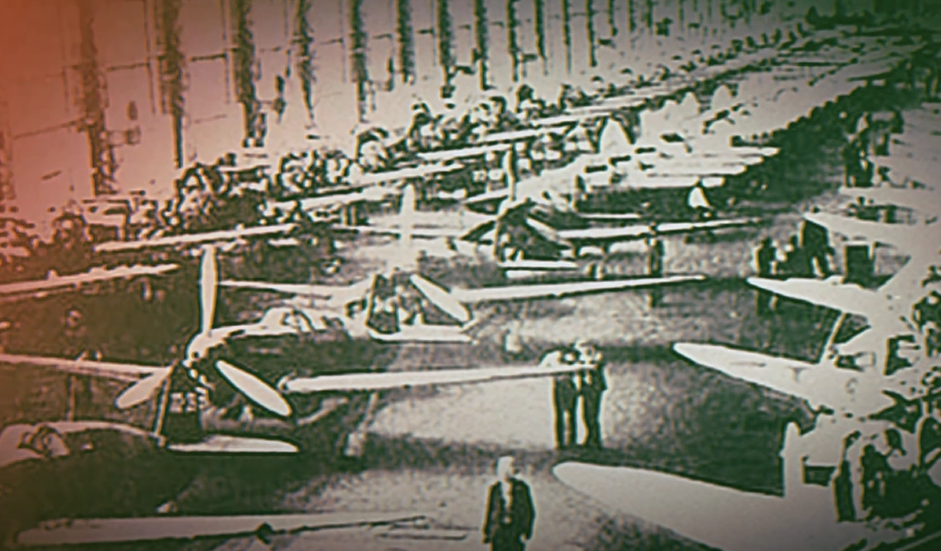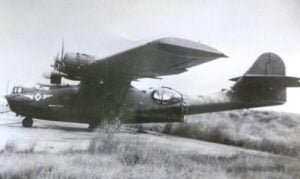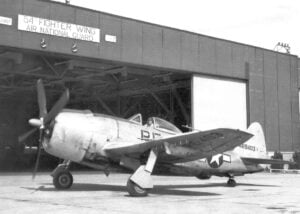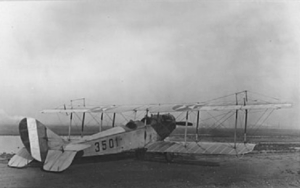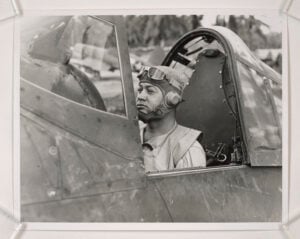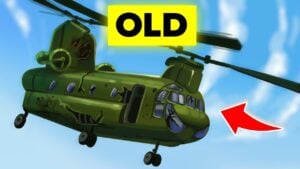Why the Il-2 Was the Most Feared Aircraft of World War II
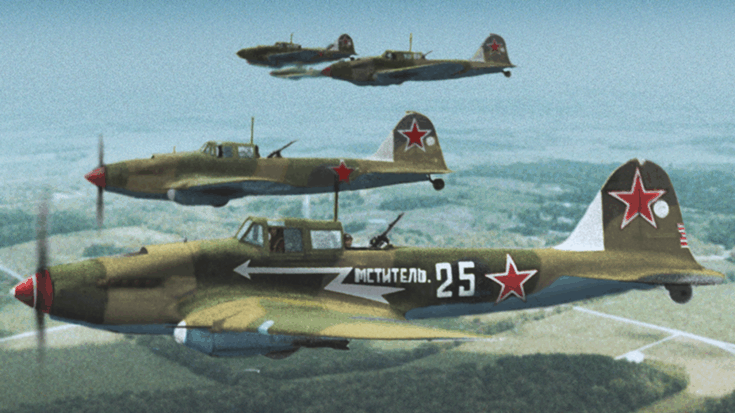
Umeyou, CC BY-SA 3.0
During the Second World War, the Eastern Front saw some of the most intense and unforgiving battles in history. Among the machines that defined that struggle was the Ilyushin Il-2 Sturmovik, an aircraft unlike any other. It was slow, armored, and crude in appearance, yet it became a symbol of endurance and protection for the soldiers who fought beneath it. Built to survive where others fell, the Il-2 changed how air power supported armies on the ground and became known as the most feared aircraft of the war.
The Birth of the Flying Tank
In the summer of 1941, the German Air Force controlled the skies from the Baltic to the Black Sea. Their bombers destroyed airfields, trains, and armored divisions while Soviet troops suffered heavy losses. Amid the chaos, aircraft designer Sergey Ilyushin believed survival, not speed, would decide the future of Soviet air power. His team in Moscow created an aircraft built around armor rather than agility. The result was the Il-2, nicknamed the “flying tank.”
The Il-2’s frame was forged from steel armor that formed part of the aircraft itself instead of being bolted on. This design protected the pilot, engine, and fuel from small-arms fire and even light cannon hits. The machine was heavy and difficult to handle, but it could absorb punishment that would destroy other aircraft. When Soviet leader Joseph Stalin learned of its durability, he ordered mass production, saying the Il-2 was as vital to the Red Army as “bread and air.” Factories ran day and night, and aircraft were rolled straight from workshops to the battlefield.
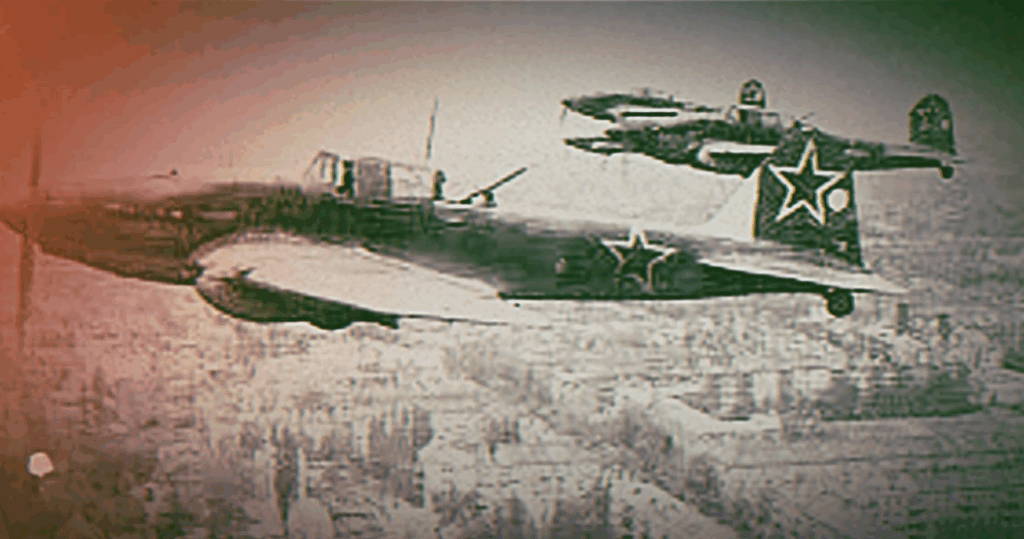
Early Battles and Hard Lessons
The first Il-2s entered combat during Operation Barbarossa, attacking German columns at treetop height. Armed with 23-millimeter cannons and rockets, they struck tanks and convoys from dangerously close range. However, the early single-seat design lacked a rear gunner, leaving it exposed to enemy fighters. Losses were devastating until a two-seat version, the Il-2M, arrived in 1942. The second crew member could now defend the aircraft, greatly improving its chances of survival.
Crews began to trust the aircraft’s strength. Infantry on the ground came to see it as a guardian. To German troops, it was known as the “Black Death.” Its engines howled before unleashing rockets and cluster bombs that could destroy entire formations. Pilots called themselves Shturmoviki, or “storm attackers,” because their missions were short, violent, and often one-way. Reports described aircraft returning riddled with bullets, control cables shot away, yet still landing safely. Mechanics patched holes with scrap metal, and pilots climbed back in for another run.
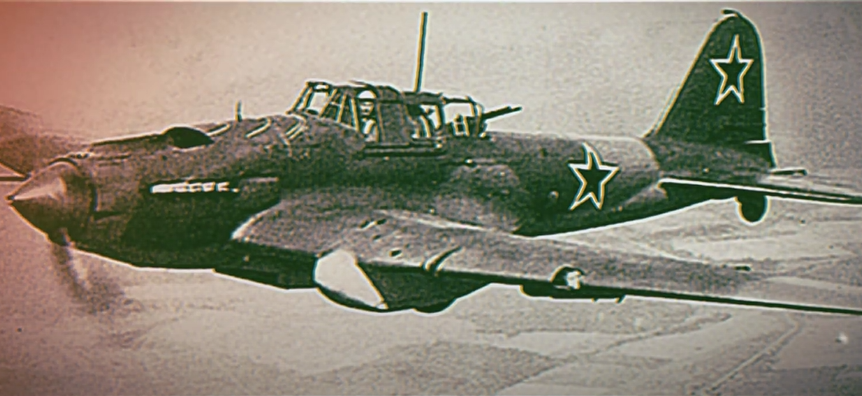
An Army in the Sky
By 1943, regiments of Il-2s fought as flying artillery, supporting advancing Soviet troops. Behind them stood another army—the workers who built them. In cities like Kuybyshev and Omsk, assembly lines operated without pause. Teenagers, women, and elderly workers toiled in freezing conditions to keep production moving. They used steel from boilers and glass from trains when supplies ran short. Despite hardships, they produced more than 36,000 Il-2s, making it the most-built combat aircraft in history.
The Il-2’s presence changed Soviet military strategy. Ground forces coordinated with air units using smoke signals and radios, creating a new kind of close air support. The aircraft attacked tanks, bridges, and trenches in waves so synchronized that observers compared them to rolling artillery barrages. Even Western analysts were astonished by how the Soviets used air and ground as one combined weapon.
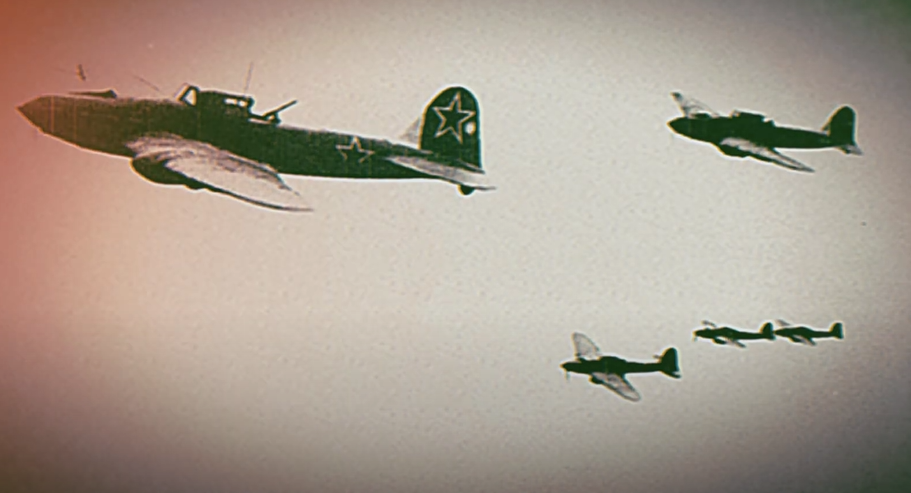
Endurance and Legacy
Each mission tested the limits of man and machine. Pilots flew as low as fifty meters above the ground, braving flak and gunfire. They fired unguided rockets in salvos so close that shockwaves shook their cockpits. Many never returned, but their persistence broke enemy morale. German records described the Il-2 as the most dangerous aircraft on the Eastern Front. Armored roofs and concentrated anti-air defenses were ordered in response, yet the Sturmoviks kept coming.
By 1945, Il-2s filled the skies over Berlin. Many of the same crews who once defended Moscow now flew over the German capital. When victory came, thousands of worn Il-2s were left on grass airstrips, too damaged to fly again. Mechanics painted “mission completed” on their sides and walked away. The aircraft lived on through its descendants, from the Il-10 to the jet-powered Il-40, and later in the Su-25 ground-attack jet.
The Il-2 was never beautiful, but it was enduring. To soldiers, it was a shield in the sky. To history, it remains proof that resilience, not elegance, can decide a war.
